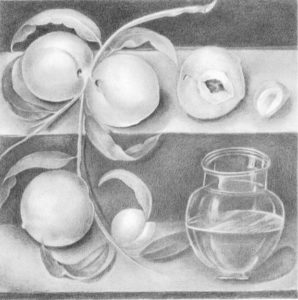Globality in Teaching Art and Architectural History: A Case Study of the Glossary Assignment
Pat Seeumpornroj, Ph.D.
Department of Architecture, Faculty of Architecture,
Chulalongkorn University, Thailand

In consideration of the research problem associated with the need for globality and inclusive vision in art and architecture history pedagogy, this research proposes an alternative research framework that entails the globality and inclusion of non-Western content in studying and teaching art and architecture history,as well as the use of interpretive-historical research methodology in conducting cross-cultural and comparative studies for a glossary assignment. This research provides a glossary assignment in which students conduct cross-cultural and comparative investigations of Western and non-Western art and architecture. The study approaches, tactics, and themes employed by students to do cross-cultural comparisons are systematically examined. Common glossary terms from conventional Western art and architecture history, namely, composite image, ziggurat, contrapposto, and still life, are critically used todemonstratethat they are universal and also existent in Southeast Asian art and architecture. Inductive rather than a priorianalytical framework reveals new themes derived from cross-cultural comparisons. By juxtaposing original redrawn images of art and architecture from Western traditions and non-Western contexts, this research creates a significant visual impact on the usage of illustrations as tactics that transcend conventional maps and timelines. Application of the alternative study framework reveals the universality of the human desire to create art and architecture that transcends chronology and cultural boundaries.Keywords:art and architectural history, cross-cultural and comparative studies, global history, glossary of art and architecture, interpretive-historical research methodology